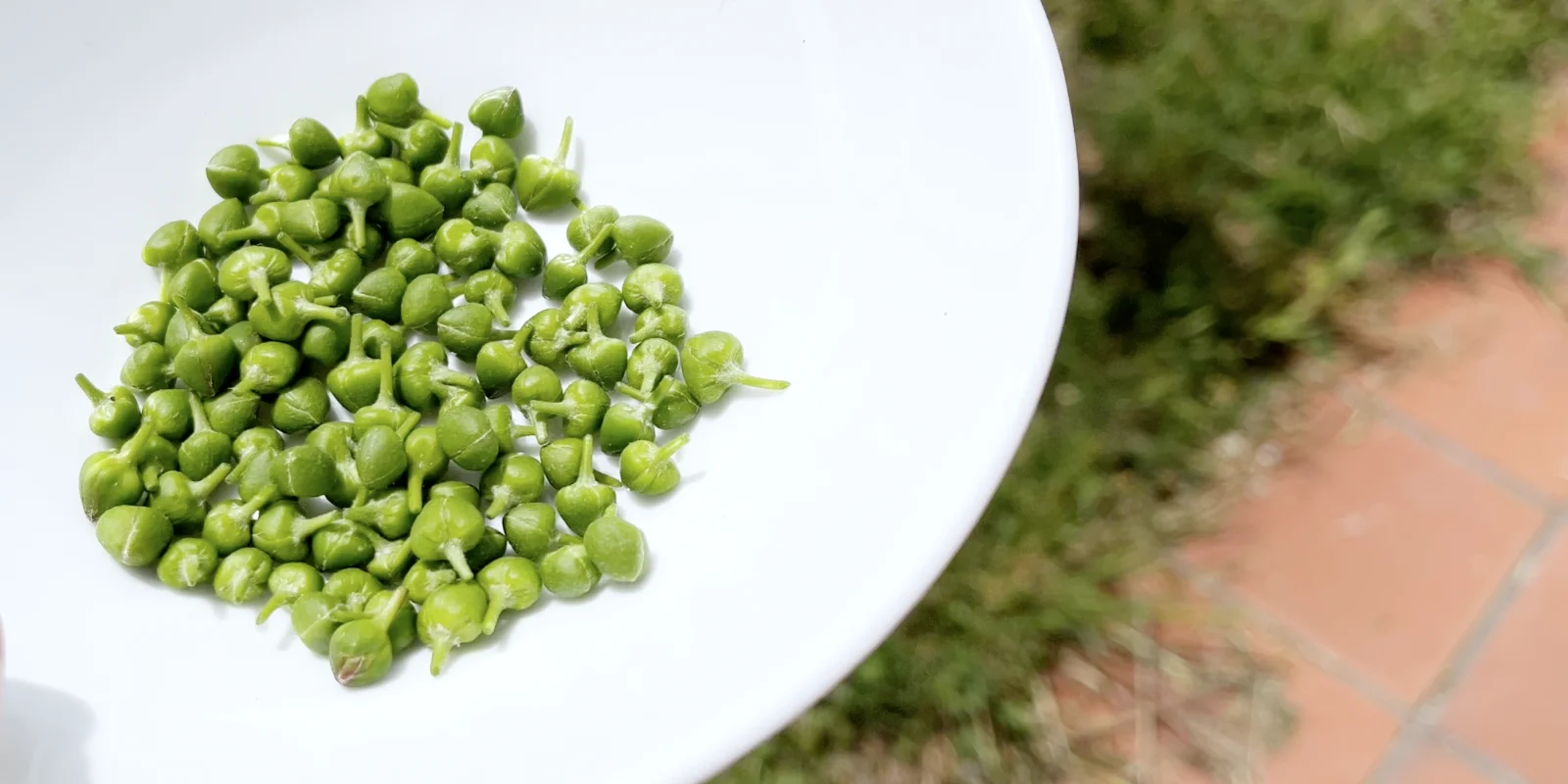Welcome to the wonderful world of capers! 🌿 Whether you’re a seasoned chef or a curious foodie, capers are a fantastic addition to your culinary repertoire. In this article, we’ll explore how capers are made, the types you’ll find in stores, and tips for choosing the best capers. Let’s dive in!
Want to learn how to preserve capers in salt? Click the link to check out our guide!
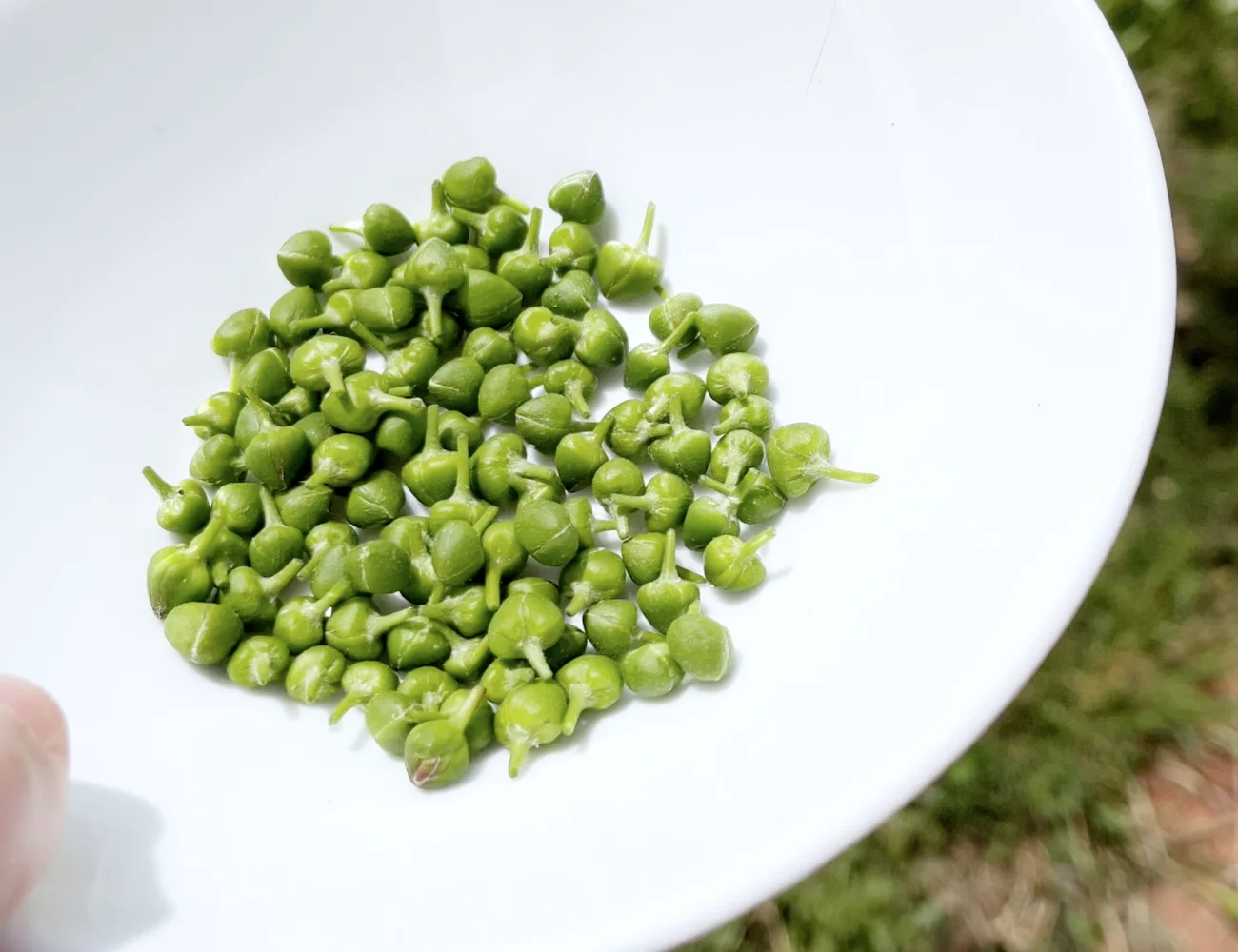
Watch the Video Recipe!
Learn more about what capers are and how they are made in this video:
Subscribe to our YouTube Channel
More video recipes? Subscribe to our YouTube Channel (it’s FREE) and click the bell to get notifications when we release a new video recipe!
What Are Capers?
Capers are the small, green, unopened flower buds of the caper bush (Capparis spinosa), a thorny, perennial plant native to the Mediterranean region. These little buds pack a punch, offering a tangy, salty flavor that enhances a variety of dishes, from salads and pastas to meats and sauces. Understanding how capers are made involves appreciating their journey from plant to pantry.
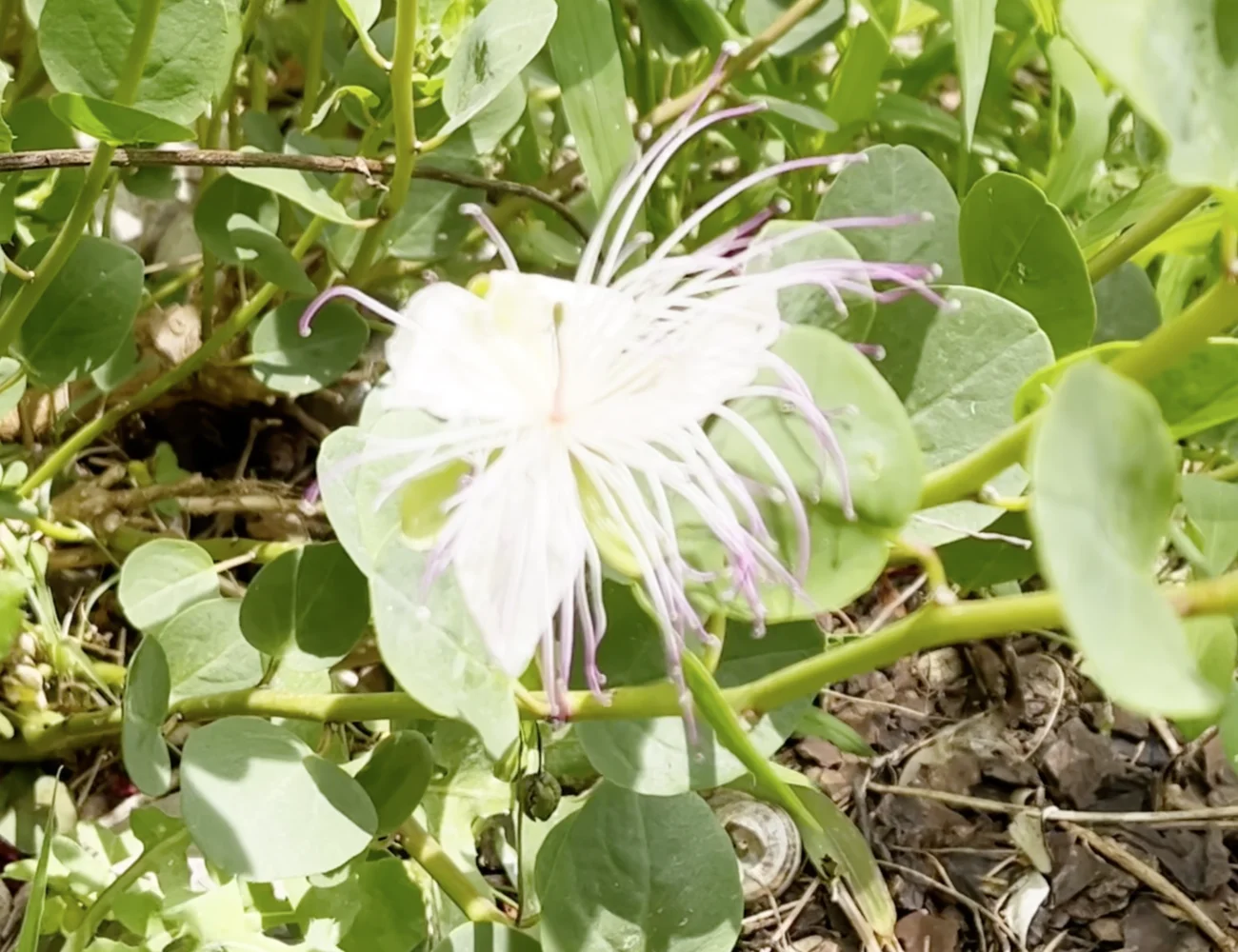
How Capers Are Made
Want to learn how to preserve capers in salt? Click the link to check out our guide!
Harvesting Capers
Capers are carefully handpicked in the early morning when the buds are still closed. The best quality capers are small and firm—less than 7 mm in size.
Wilting
After harvesting, the buds are spread out and left to wilt in a cool, dry place for about a day. This step reduces their moisture content.
Curing
The capers are then cured in salt or brine. This process can take anywhere from a few days to several weeks, depending on the desired flavor and texture. Curing helps to develop their distinct taste by reducing bitterness and enhancing their natural flavors.
If preserving capers in salt at home, let them cure at least 2 weeks in salt before using them. It’s even better to let the capers cure in salt for 3 weeks… and of course they get better with time!
Packaging
Once cured, capers are drained and packed in jars with either salt or brine to preserve their freshness. They are then ready to be shipped to stores and eventually, your kitchen.
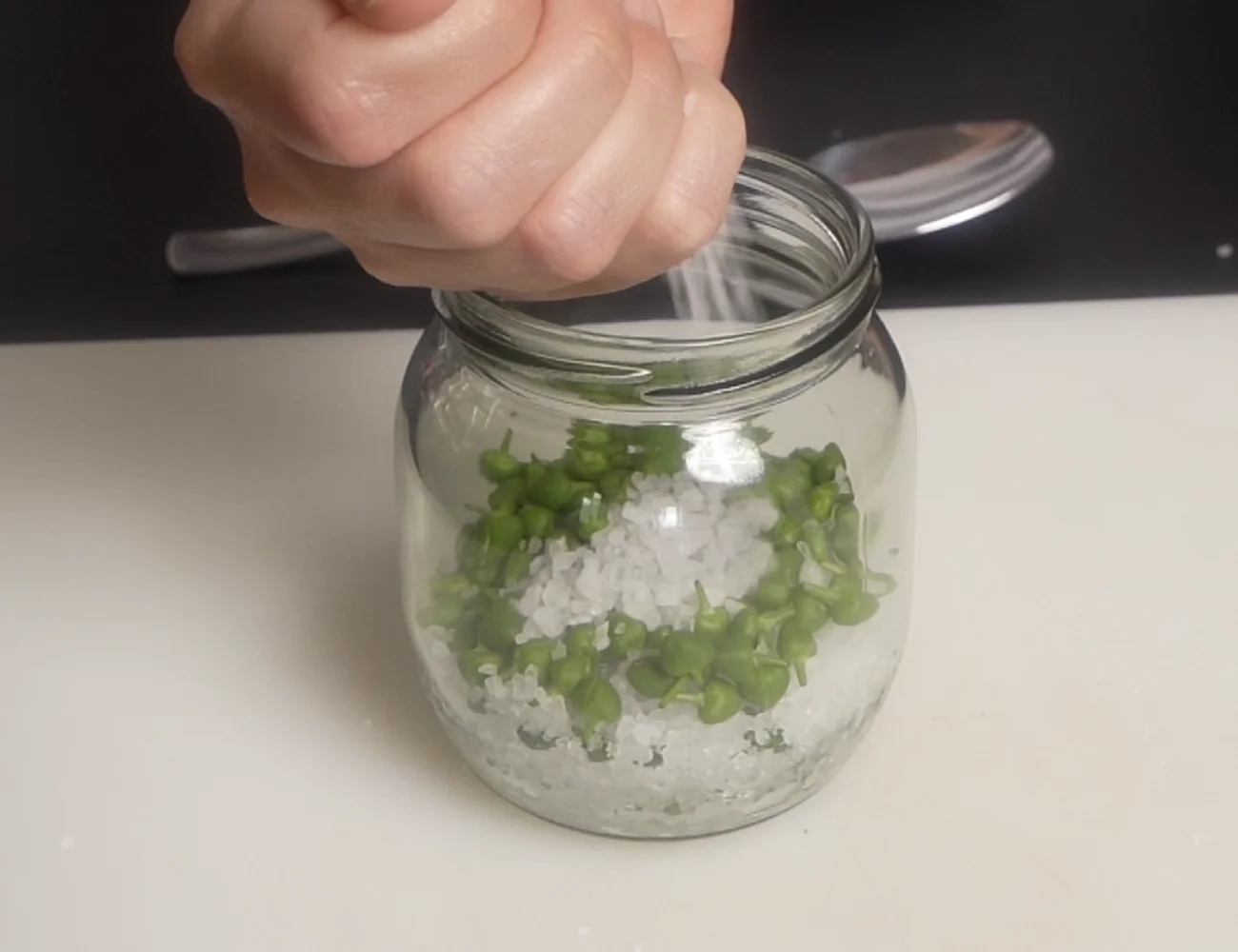
Types of Capers in the Store
Nonpareil Capers
These are the smallest and most prized capers, usually less than 7mm in diameter. Known for their delicate texture and subtle flavor, nonpareil capers are considered gourmet and are perfect for dishes where capers are the star.
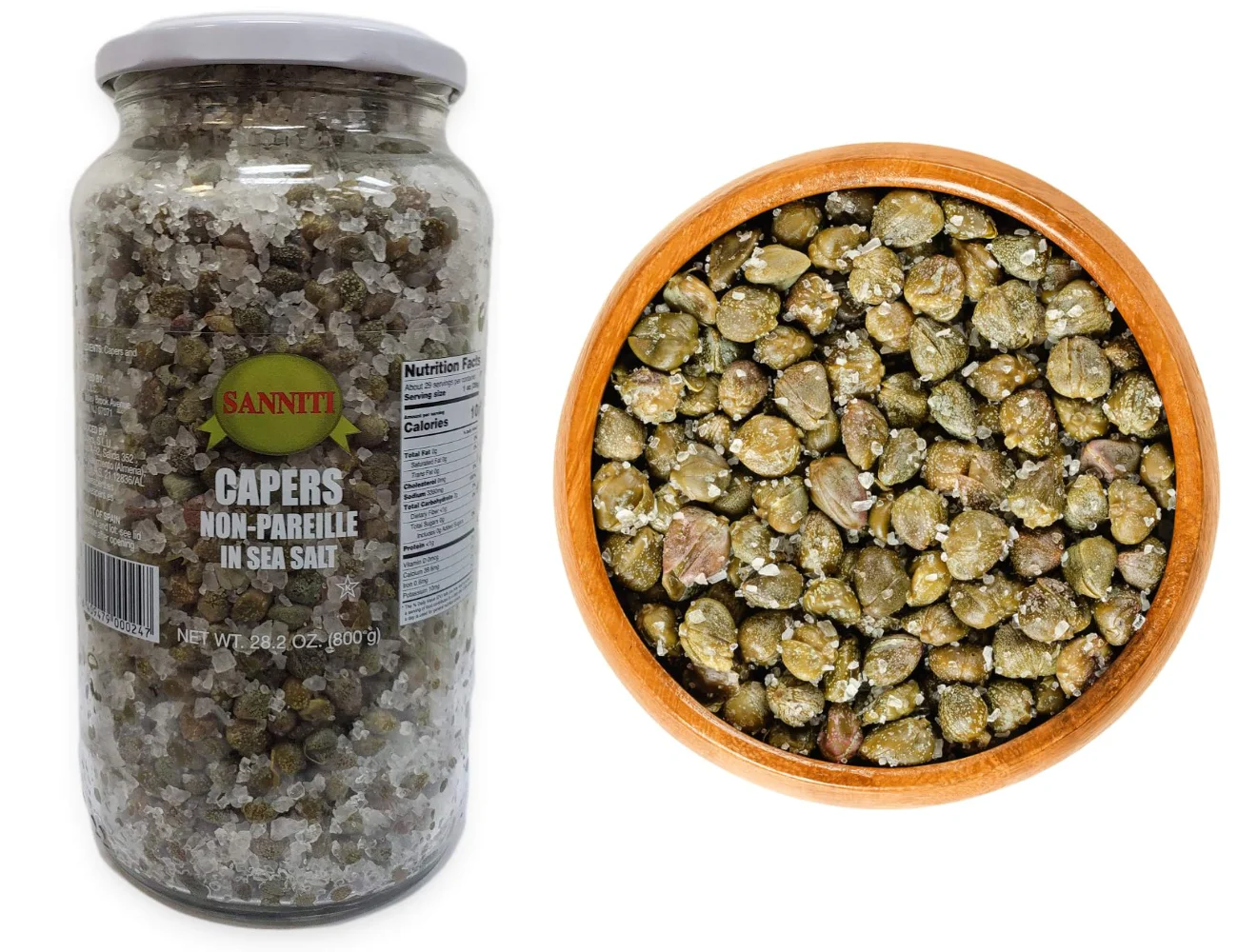
Lesser Quality Capers
- Surfines: Slightly larger than nonpareil capers, surfines are also of high quality and are commonly used in a variety of recipes.
- Capotes: These medium-sized capers are great for salads and sauces, offering a robust flavor and firm texture.
- Capucines: Larger than capotes, capucines are often used in cooked dishes where their strong flavor can shine through.
- Cornichons: The largest type of capers, cornichons are typically used in stews and other hearty dishes where their bold taste can complement rich flavors.
How to Choose the Best Capers
Size Matters: For a delicate, less intense flavor, opt for smaller capers like nonpareil. Larger capers have a more robust taste.
Color and Texture: Look for capers that are uniformly green and firm to the touch. Avoid capers that appear mushy or discolored.
Packaging: Capers packed in brine tend to have a milder flavor compared to those cured in salt. Choose according to your taste preference and the type of dish you’re preparing.
Origin: Capers from the Mediterranean, especially those from Italy and France, are often considered the best quality due to the ideal growing conditions and traditional curing methods used.
The best capers (nonpareil) can be difficult to find in the average grocery. If you prefer nonpareil in salt (rather than vinegar), these products are even more difficult to find. If you aren’t fortunate enough to be able to grow capers at home, you can find these gourmet capers on Amazon: https://amzn.to/4bJIFnQ (aff link)
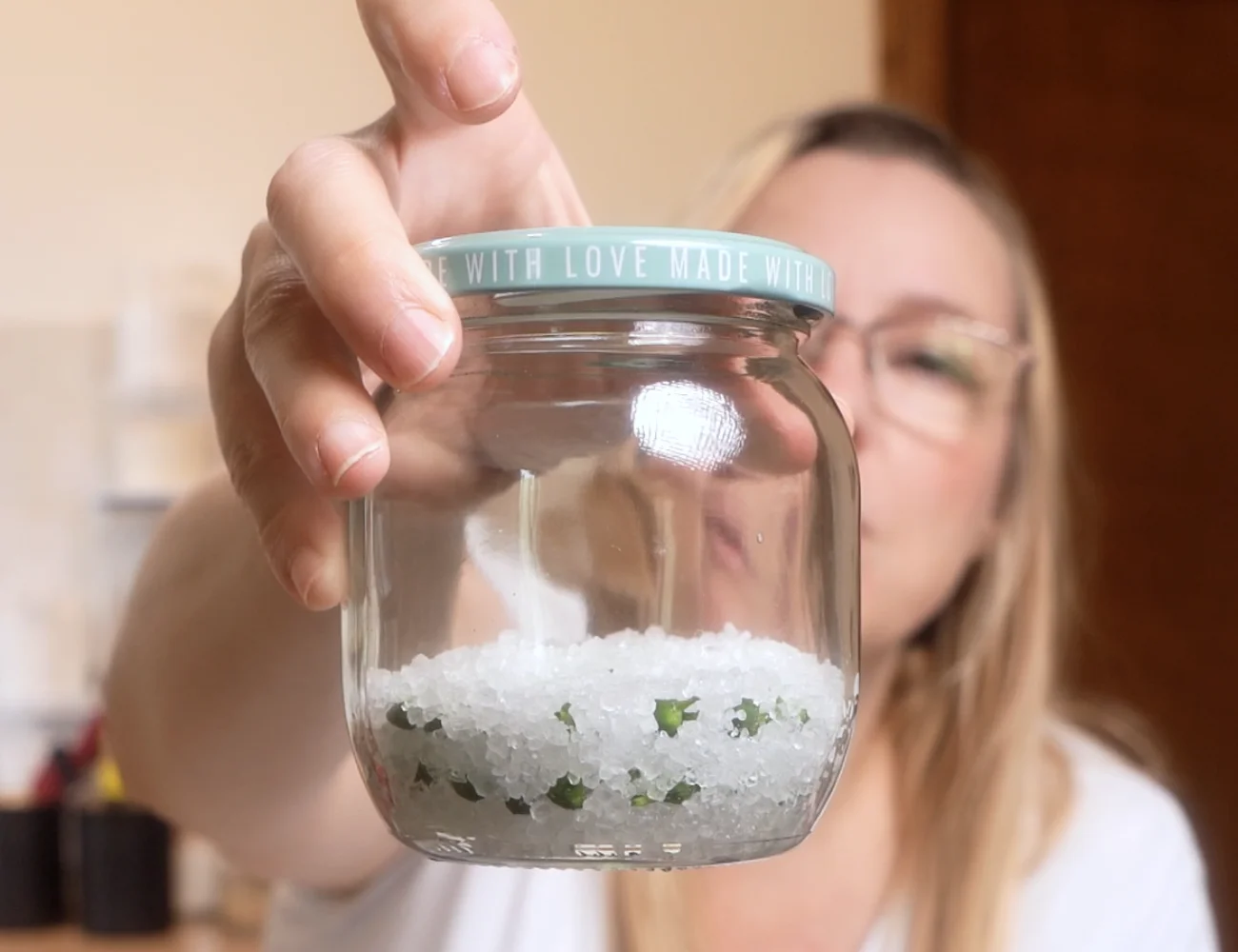
Now that you know how capers are made and how to choose the best ones, you’re ready to enhance your dishes with these delightful buds. Happy cooking!
As an Amazon Associate, we earn from qualifying purchases. This means at no extra cost to you, PIATTO may earn a small commission if you click the links and make a qualifying purchase.
